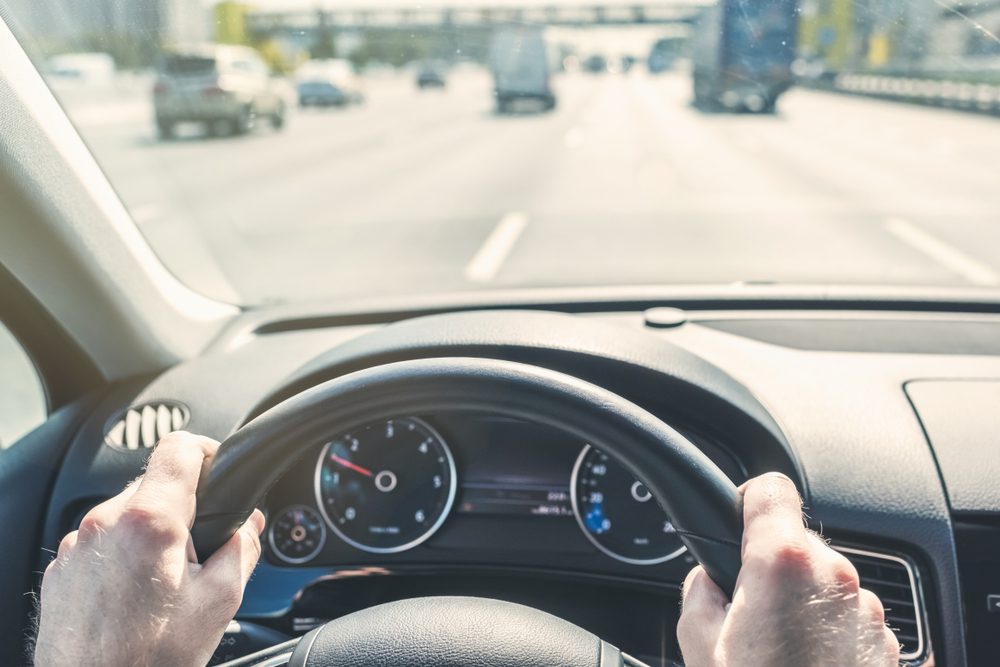Usage-Based Insurance: An Introduction

Usage-based insurance, or UBI, reinvented the way auto insurance works. Now that gauging driving behavior is both affordable and accurate, it is a pragmatic and impartial way to set insurance rates: drivers only pay for the risk they actually pose on the road.
Insurers can price risk more accurately using telematics. Using sensors that measure acceleration, speed, cornering, braking, and phone distraction, the insurer evaluates the policyholder’s risk, and subsequent premium, based on their driving behavior.
Traditional insurance pricing variables – like age, gender, place of residence, or accidents and moving violations – are limited in their ability to assess risk. For example, a driver who regularly speeds could have the same premium as someone who drives with the precious cargo of a baby and obeys all road courtesies, if they avoid getting a ticket. Using traditional insurance rating metrics, the drivers may look comparable, even though in reality they are drastically different.
Insurers began experimenting with telematics more than 20 years ago. Ptolemus Consulting Group cites that the first UBI pilots were offered in the U.S. They included pay-by-mile/kilometer discounts that utilized GPS and cellular networks in 1997. By 2004, the original initiatives had advanced. Insurers offered particpants up to 25% on their renewal premiums based on how often and when they drove. The data was collected via a telematics product connected to the vehicle’s On-Board Diagnostic (OBD) port.
CMT’s DriveWell platform uses the sensors found within more than 3,000 types of smartphones and an optional IoT device to understand driving behavior. We measure acceleration, speeding, hard braking, cornering and smartphone distraction for a complete picture of a driver’s behavior. In equipping both the policyholder and the insurer with the same impartial score, telematics gives drivers the power to not only amend their premiums, but to overall become better, safer drivers, and help all who share the road.
No longer is categorical information about a driver such as residence or age the only predictive way to calculate risk. As technology continues to advance and become more ubiquitous, telematics helps the insurance industry and their policyholders to reward safer drivers and ultimately change the conditions of the road.
Read next:
UBI to Connected Insurance: The Technological Evolution that Transformed Auto Insurance